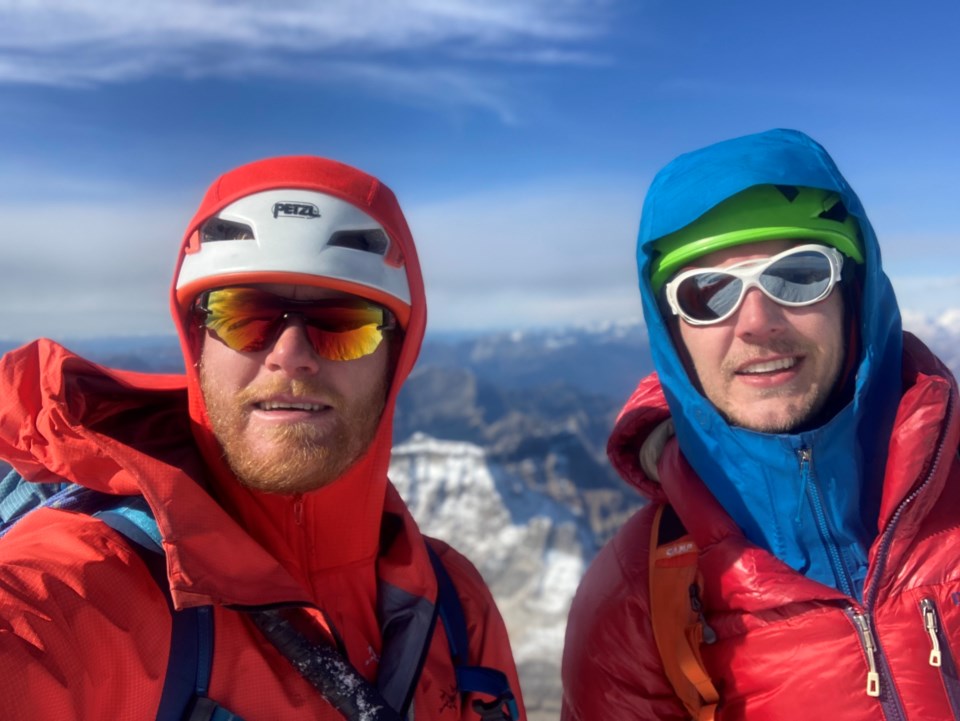In October 2021, Dylan Cunningham and Ryan Richardson climbed the east face of Assiniboine.
The face had not been climbed since 2004 and was only climbed once before in the 1980s. Infamous for rock fall and other hazards, the east face of Assiniboine has been an elusive objective. Although Cunningham and Richardson perfectly timed their journey with these hazards in mind and submitted with relative ease – in relation to them and this elite level of climbing – emotionally, the climb was thwarted by their clash of personalities and lack of communication.
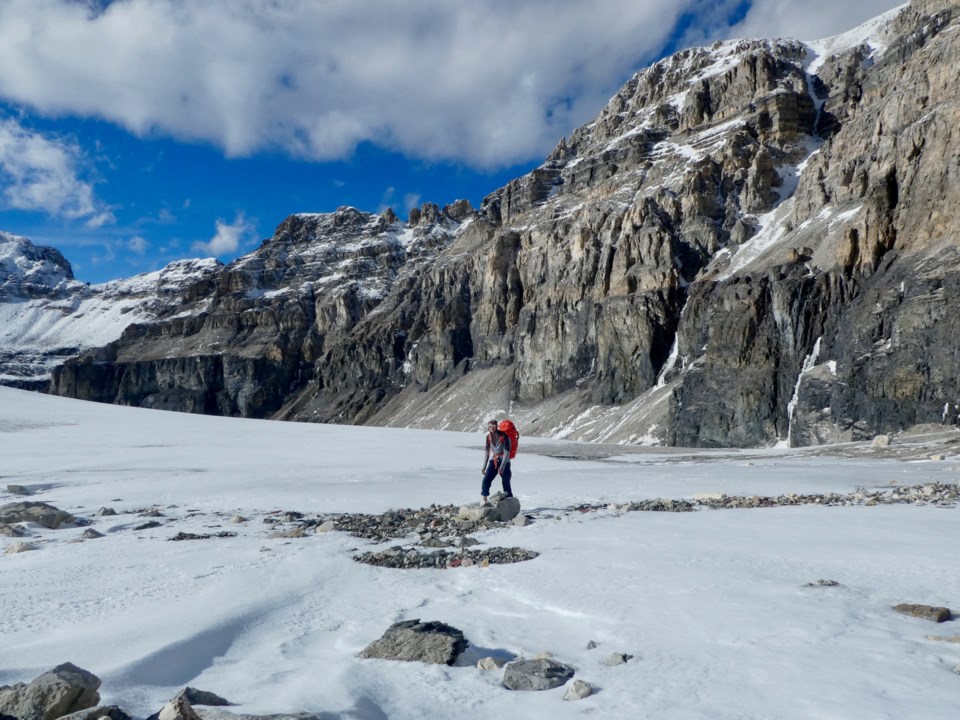
“It's not totally black and white, but I think that there's too much of a focus on the objective outcomes,” says Cunningham. “Either you climbed the face or you didn't climb the face and there's not enough of a focus on the process. What it did to you, what it did to the partnership. That's the meatier, more interesting part. That's, that is the human experience right there, and I think that's the real story.”
The climbing community and society as a whole often share this rigid thinking, but there is a growing collective consciousness that values and incorporates the emotional side of success or failure. This consciousness also encourages reflection, something that both Cunningham and Richardson embraced after their trip.
On one end of the rope, there was Cunningham who is an apprentice Association Of Canadian Mountain Guides (ACMG) alpine guide and full ski guide comes from a more regimented, fast and light approach. While Richardson, who is not a guide, but a self professed “climbing bum” who climbs at a very high level, brings a slower, almost laid-back method. Both climbers’ techniques have their strengths and weaknesses, which can be combined to complement or conflict.
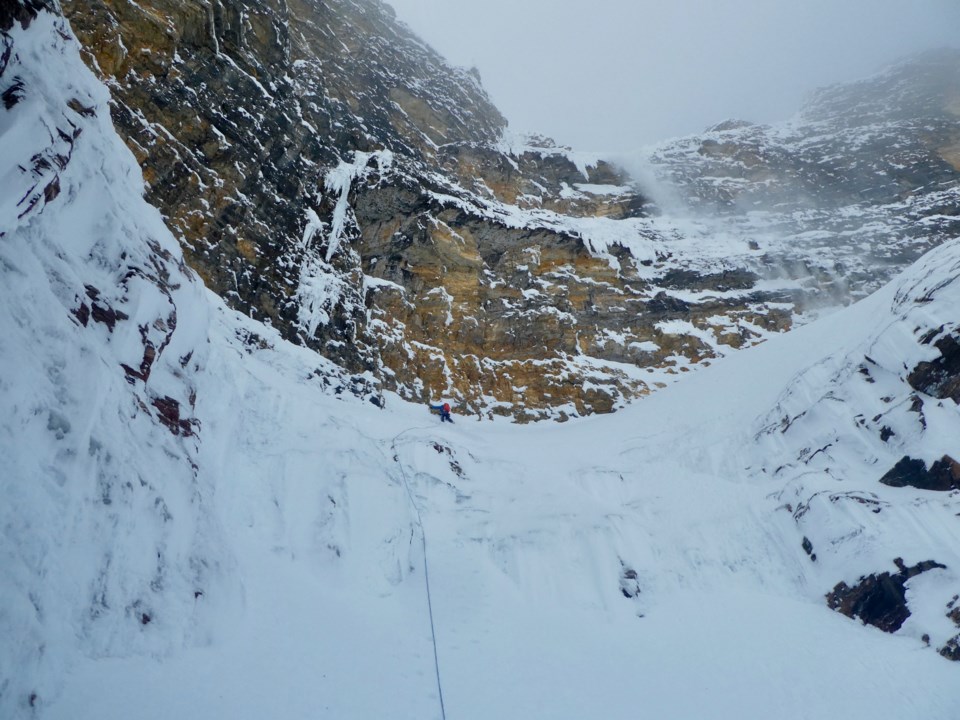
The whole journey was a bit clunky, from the approach to the steep descent. Down a headlamp, and rocking a hangover, Cunningham uncharacteristically was less prepared than normal. Richardson, who had not swung tools in 10 months, was not in the best shape to on sight the unknown face. The two knew there was an issue but lacked the ability – at the time, to sort it out.
“I remember thinking, ‘we're just not communicating here, we're just not getting on the same page,’'' said Cunningham. “I didn't see how stopping and talking for another 10 minutes was going to make it any better. It's just another 10 minutes that we're going to lose here."
“I can sometimes be a slow climber in general, especially on new terrain,” said Richardson. “I remember going up a corner at a snail’s pace and I could tell that it was just like eating Dylan inside. I didn't feel comfortable speeding up here, even though it would have been most efficient. I led up through the first crux bit and when Dylan came up, I could tell that he was annoyed with certain things. However, it is important to note that the entire time he kept supporting me and was being a good partner. His response to being annoyed in that situation was to try to help me out and assist in any way he could from the belay – which did end up speeding things up.”
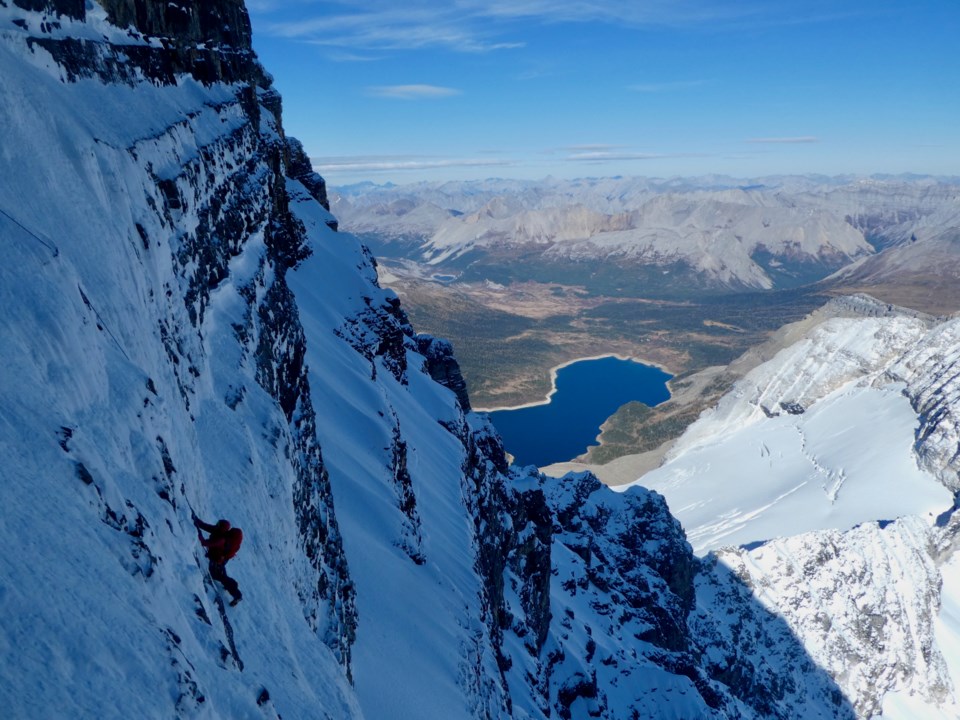
That is where Cunningham and Richardson are a kin. In their desire to, in the moment, stay amicable.
“We are similar in our ability to get along with people,” said Richardson. “It's sort of the same trait but different styles. I think that gave us the capacity to make the climb work and adapt to the situation – in the end, we just put our heads down and got it done.”
Days later, the two met for coffee.
“I needed to approach the experience differently, and really find out why Ryan and I were having challenges communicating,” said Cunningham. “The reason we know each other is through our mutual friend, Jim Elzinga, who's an alpine climbing mentor for both of us. Individually, he has taught us to have reflections on climbs and debrief after emotions have settled.”
Elzinga, a legendary alpinist who has a background as an organizational development consultant encourages anybody to have these debriefs.
“After you're down, ask two simply two questions – what worked and what didn't work,” Elzinga said. “Dylan and Ryan have told me that they both found doing this very useful. This practice gives them a better understanding of each other's strengths and, and what they need from each other. I empathize with what ‘they need from each other’, because all of us need certain things. If I'm climbing with you, you may not know what I need from you, unless I tell you. Quite often climbers don't go that deep or make that kind of consideration. If I'm climbing with someone and they tell me what they need, then I'm better able to support them and vice versa. There is a logic behind it, and it's a life skill, not so specific to climbing – I highly recommend that anybody did.”
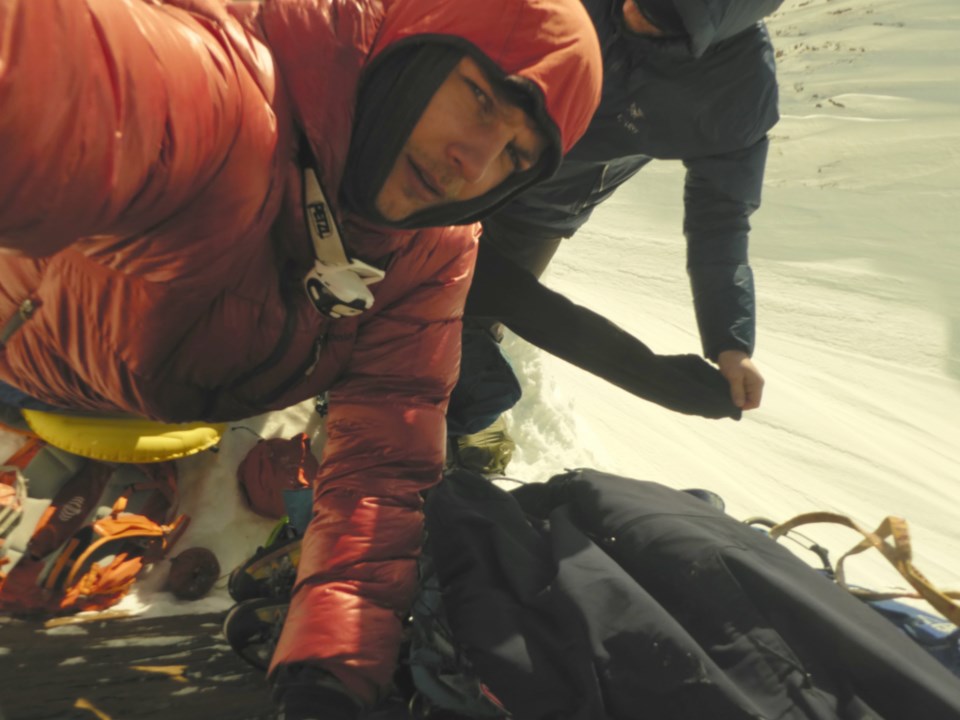
Since that coffee debrief, Cunningham and Richardson have come to learn each other’s needs. They both have bettered themselves and strengthened their own communication skills in the process.
As for climbing together again, a unison, definitive “Absolutely!”

